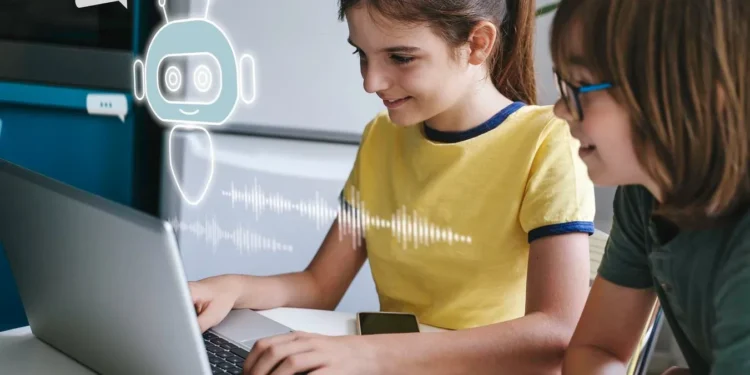In a move that could dramatically alter the future of education, former President Donald Trump is reportedly drafting an executive order to integrate artificial intelligence (AI) into public schools across the United States. According to a report from The Washington Post, the order, titled “Advancing Artificial Intelligence Education for American Youth,” aims to introduce AI technology into classrooms as early as kindergarten. Though not yet signed, the proposed executive order promises to make AI a cornerstone of the American educational experience, from K-12 students to high school graduates.
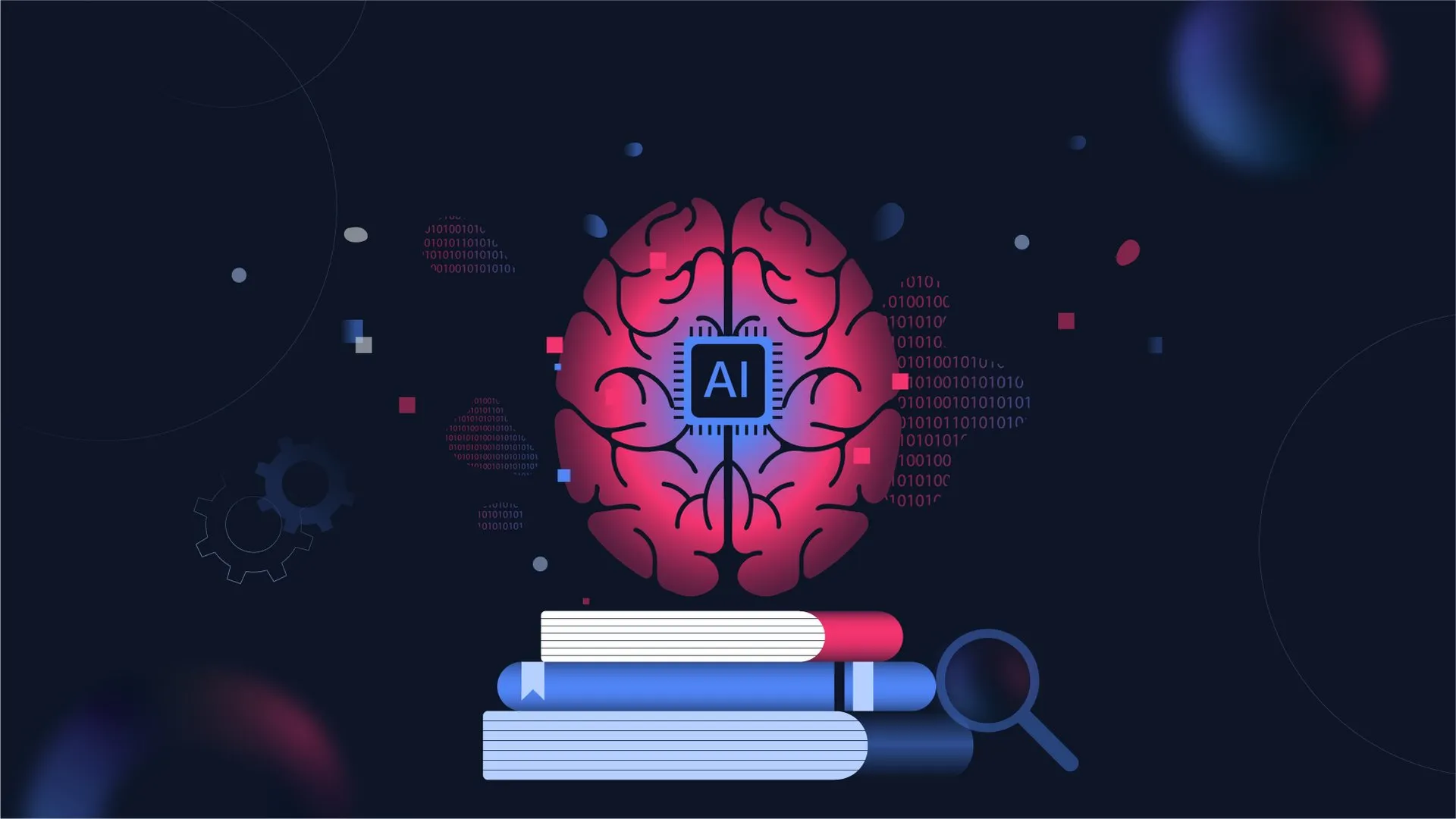
A New Era in Education: Trump’s Vision for AI Integration
The executive order, still in draft form, seeks to transform how students engage with technology in the classroom. The document reportedly includes a call for federal agencies to work alongside private sector AI companies to create educational programs designed to teach children how to use AI effectively. These programs would range from foundational AI literacy to critical thinking skills aimed at preparing students for a world increasingly shaped by artificial intelligence.
The move comes at a time when the Trump administration is also facing scrutiny for its handling of the Department of Education. Despite this, Trump’s executive order signals a major pivot toward embracing AI’s role in shaping the next generation of American students. While it’s unclear whether Trump will ultimately sign the order or make modifications, it is clear that the former president sees AI as an essential tool for education.
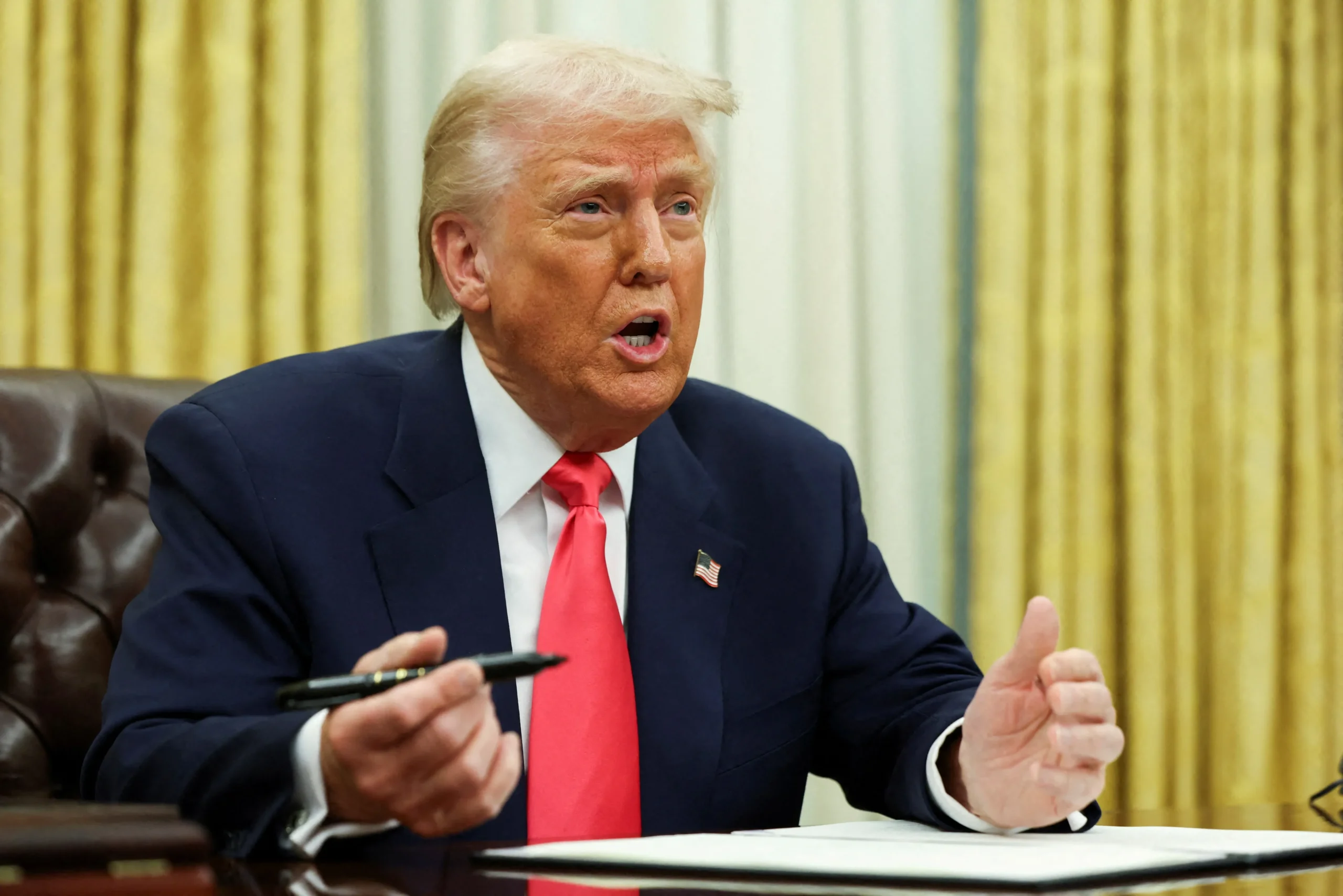
Key Features of the Executive Order: What’s at Stake
According to reports, the draft executive order proposes several significant changes aimed at accelerating AI education across the U.S. Some of the highlights of the executive order include:
1. Presidential AI Challenge
One of the key components of the order is the creation of a “Presidential AI Challenge,” which would encourage students to engage with AI through competitions and projects. This initiative would promote hands-on learning, offering students real-world experiences with AI applications while fostering innovation and creativity.
2. Federal Grants and Funding
The order directs a task force to review current federal funding, particularly grants for AI education. The goal is to ensure that AI-related education receives a priority share of available resources. Since 2021, the federal government has already increased its investment in AI research and development by $2.8 billion, with an additional $11.2 billion allocated for the current fiscal year. These funds would be crucial for expanding AI-focused educational programs and ensuring that schools have the tools they need to integrate this cutting-edge technology.
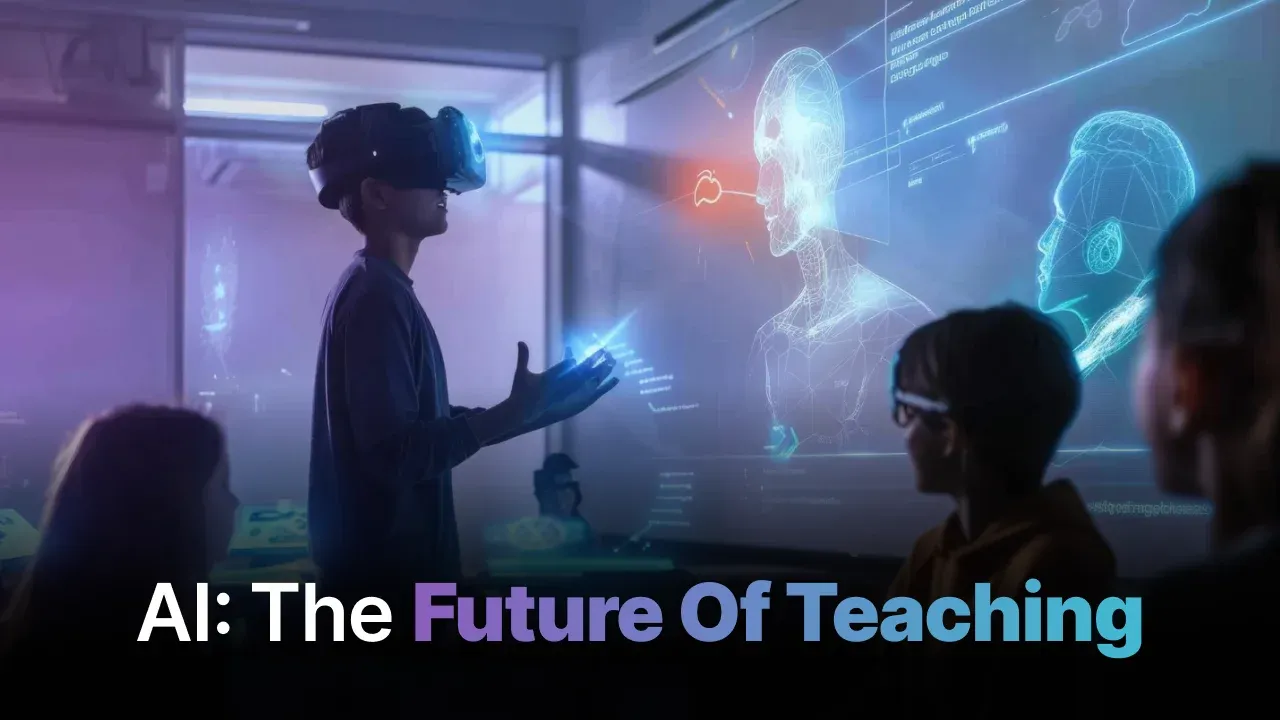
3. AI Partnerships with Private Sector Companies
Another notable aspect of the proposed order is the emphasis on public-private partnerships between federal agencies and AI companies. The order encourages collaboration between government entities and industry giants like OpenAI, Meta, Google, and Anthropic to provide students with the foundational skills necessary to understand and work with AI systems. These partnerships could lead to the development of curriculum resources, teacher training programs, and AI-driven educational tools that would be introduced into schools across the country.
4. Expanding AI Education Across All School Levels
The executive order is designed to integrate AI into all levels of education, from kindergarten through high school. This approach would ensure that students from diverse backgrounds have the opportunity to engage with AI in age-appropriate ways. Younger students might learn about AI through basic concepts and games, while older students could engage with more complex topics, including AI ethics, programming, and machine learning.
The Role of AI Companies: An Inside Look
While the specifics of the partnerships remain unclear, the draft executive order indicates that private sector AI companies will play a significant role in shaping this educational revolution. It is likely that firms such as Elon Musk’s xAI, OpenAI, and other major tech players could be involved in developing programs and tools that would be rolled out in classrooms nationwide. Many of these companies already have established relationships with the federal government, including defense contracts for testing AI models. By forging new partnerships with educational institutions, these companies would help ensure that AI literacy becomes a key part of the curriculum.
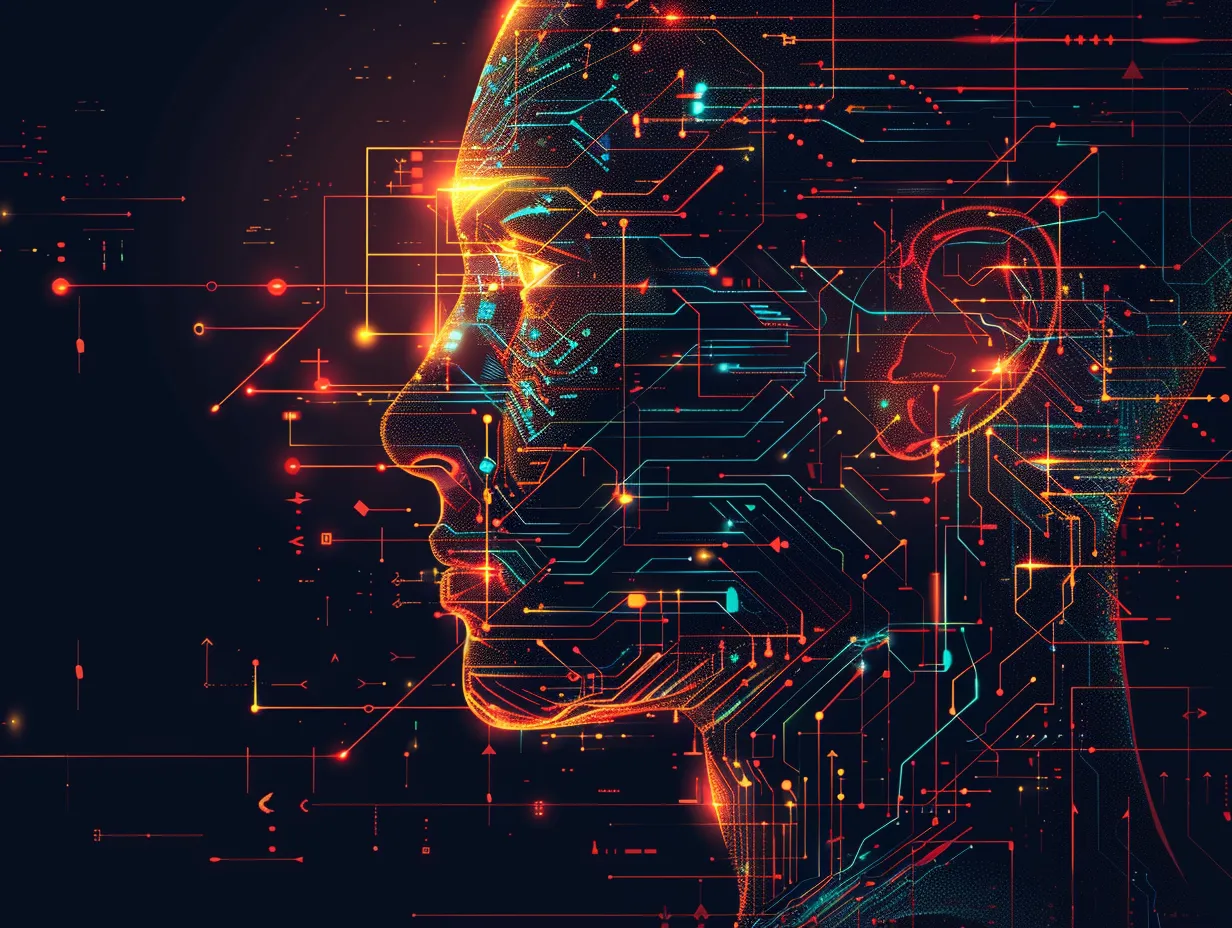
The collaboration between the public sector and private AI companies could open the door for new innovations in how AI is taught and used in schools. Whether it’s through AI-powered teaching assistants, personalized learning platforms, or interactive tools that teach coding and machine learning, the potential for transforming education is vast.
The Bigger Picture: AI and Its Growing Influence
This executive order represents more than just a shift in how we educate future generations—it reflects the growing influence of AI across all aspects of society. As technology becomes increasingly intertwined with every facet of our daily lives, it’s imperative that students are equipped with the knowledge and skills to navigate this new landscape. By introducing AI into the classroom, the Trump administration is making a statement about the future of education in the U.S. and its commitment to preparing students for the realities of a world driven by artificial intelligence.

As the draft order makes its way through the political process, many will be watching closely to see how AI education evolves. While the integration of AI into public schools raises important questions about privacy, ethics, and the role of technology in children’s lives, it’s clear that the push for AI literacy is gaining momentum.
If the executive order moves forward, it could lay the groundwork for a major shift in how children across America learn. Whether or not Trump signs the order, the conversation around AI in education is likely to continue gaining traction. With the backing of AI companies and a federal government eager to invest in new technologies, the future of education is likely to look very different in just a few years. Whether this initiative succeeds or faces hurdles, one thing is certain: AI is poised to be a transformative force in shaping the next generation of learners.

